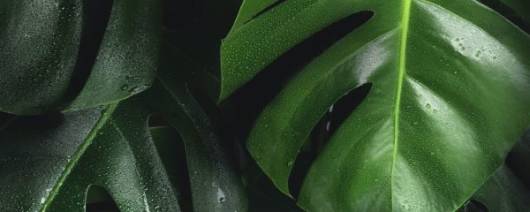
- INCI Name:Simmondsia Chinensis (Jojoba) Seed Oil
- Ingredient Origin:Natural Origin, Non-Animal Origin, Plant Origin
- Benefit Claims:Non-Greasy Feel, Suppleness, Hydrating, Fine Lines Reduction, Anti-Bacterial, Improves Skin Elasticity, Antioxidant Properties, Sebum Control, Humectancy, Hair Growth Stimulation, Non-Irradiated, Anti-Fungal, Moisturizing, Anti-Inflammatory, Healing, Soothing, Volumizing, Smoothing, Skin Protection, Penetrating, Wrinkle Prevention, Antimicrobial
- Labeling Claims:BSE-free, Plant-Based, Not Tested on Animals, Non-GMO, Credo Clean Standard, Clean at Sephora, Allergen-free, Cruelty-Free, Phthalates-free, Cold-Pressed, Ulta Beauty's Conscious Beauty, Not Listed In California Proposition 65, Nanomaterials-free, Odor-free, Organic, Naturally Derived, TSE-free, Natural, CMR Substances-free, Non-Toxic
- Certifications & Compliance:USDA Certified, Organic Certified, FDA Compliant, Nagoya Compliant
Conventional or organic available Jojoba (Simmondsia chinensis) , also known as goat nut, deer nut, pignut, wild hazel, quinine nut, coffeeberry, and gray box bush, is native to South-western North America. The plant came to prominence in the late 1970s when scientists found that the liquid wax from the jojoba bean has a strikingly similar structure to the natural wax esters in human skin. The CSIRO introduced the plant to Australia in 1978 and selectively bred certain varieties especially suited to Australian conditions. Commercial plantations are now established across the country, including at Kalannie, Wagin, Geraldton and York in Western Australia. A shrubby bush which usually grows between 3-6 feet, though occasionally taller, the leaves are up to 1 ½” long, thick with a waxy gray-green coloration. The flowers are small with a green-yellow color and contain no petals. The plant is usually dioecious, either male or female, with both sexes needed to produce the fruit. Occasionally there are hermaphrodite plants but this is rare. The plants can live between 100-200 years. While often solitary in growth, jojoba’s can produce ground based shoots and form into thickets.